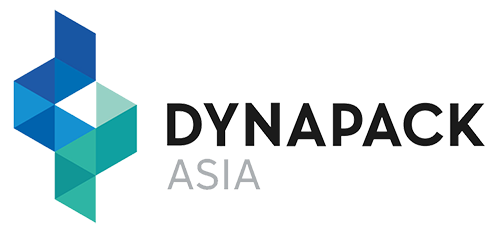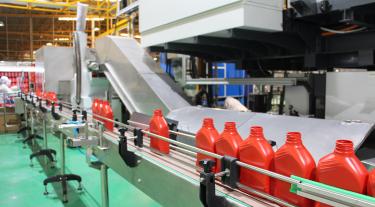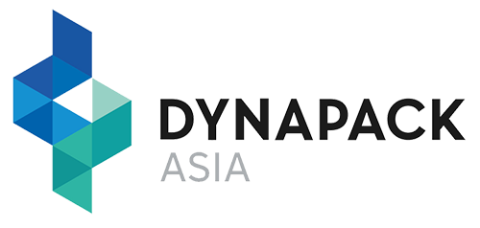Challenge
How can a company strengthen its CDP disclosures?
Climate action and comprehensive climate disclosures go hand in hand. After all, businesses must be able to track and communicate their climate progress to investors and clients. Organisations turn to CDP to disclose their climate impacts, including Dynapack Asia.
Since 2016, the designer and manufacturer of bottles, closures and other customised packaging solutions has been disclosing through CDP. Ahead of its next submission, Dynapack Asia had already captured its direct and energy-related carbon emissions (Scope 1 and 2). But with data sets from 26 manufacturing sites, it wanted to make sure its calculation methods were accurate, and any inconsistencies cleared up. With a verified footprint in line with ISO standards, Dynapack Asia hoped to form the footing for future climate action.







